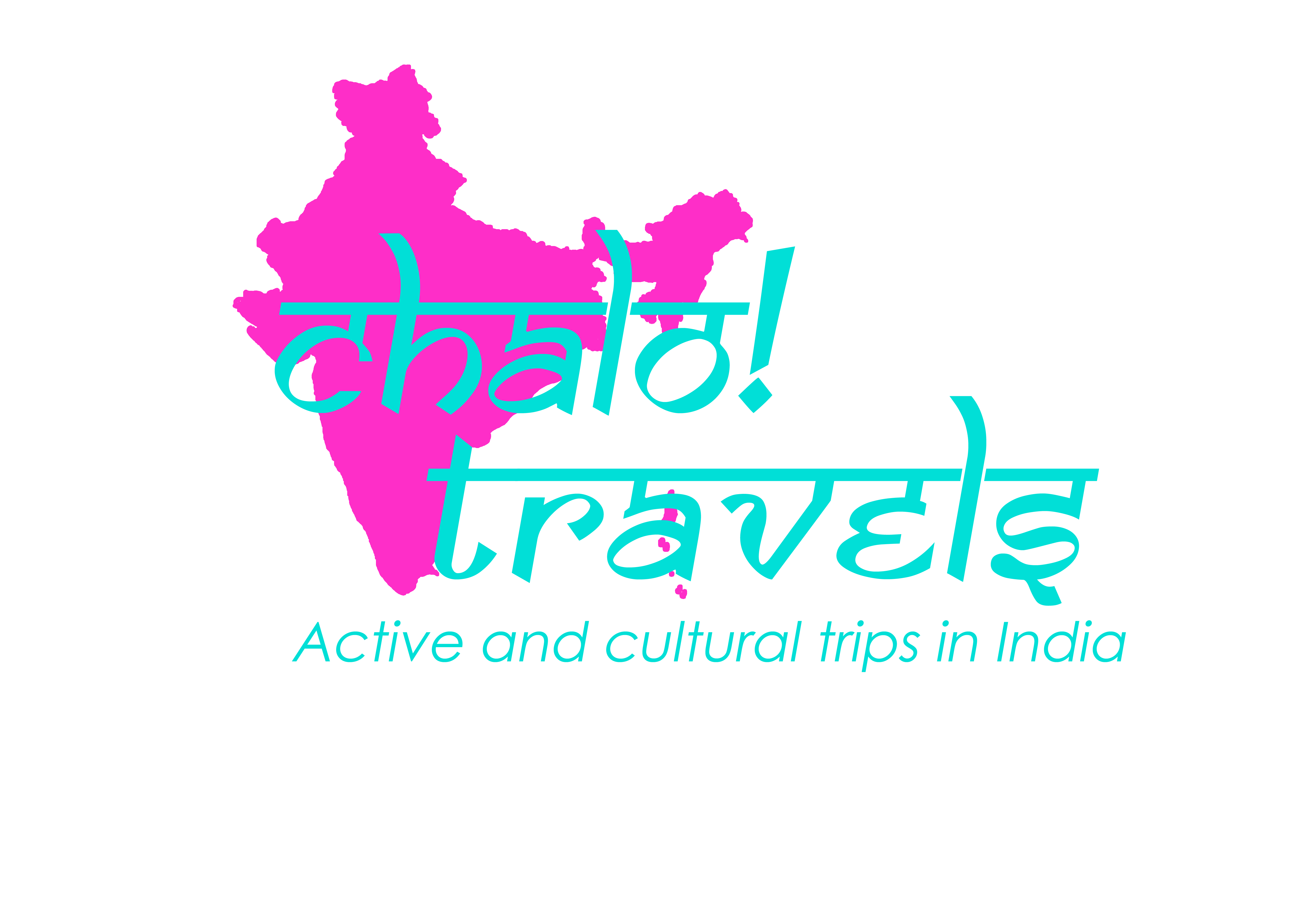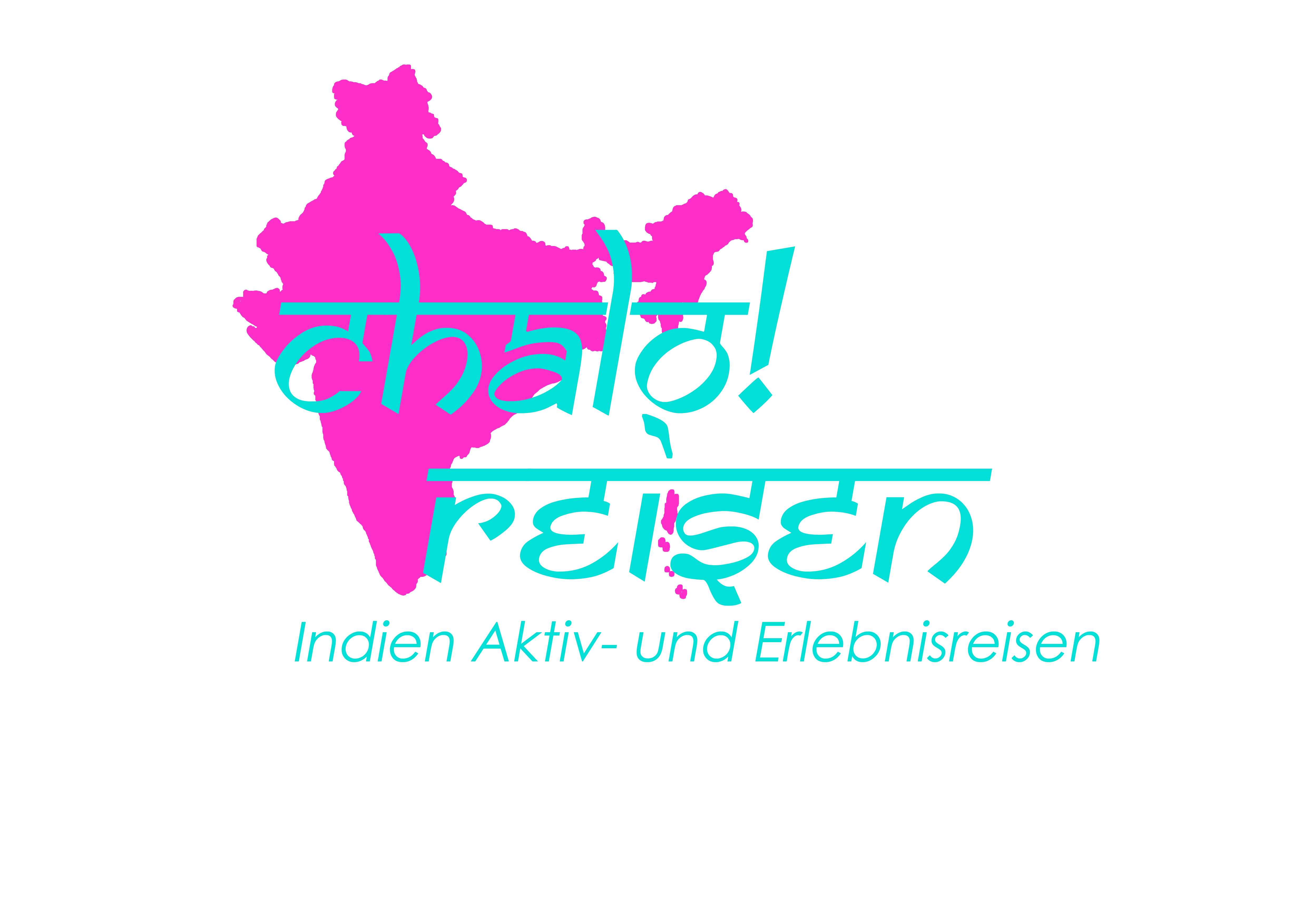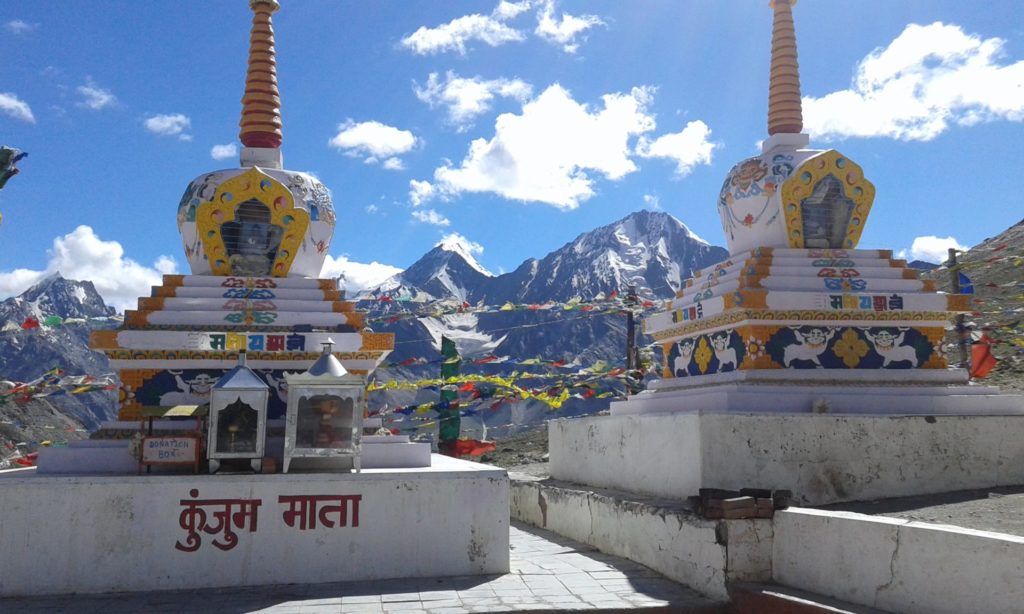Buddhism, one of the world’s major religions, has a rich history in India, dating back to the 3rd century BCE when Emperor Ashoka propagated the faith. Over time, Buddhism spread across the country, with various schools and sects emerging.
History of Buddhism in Himachal Pradesh
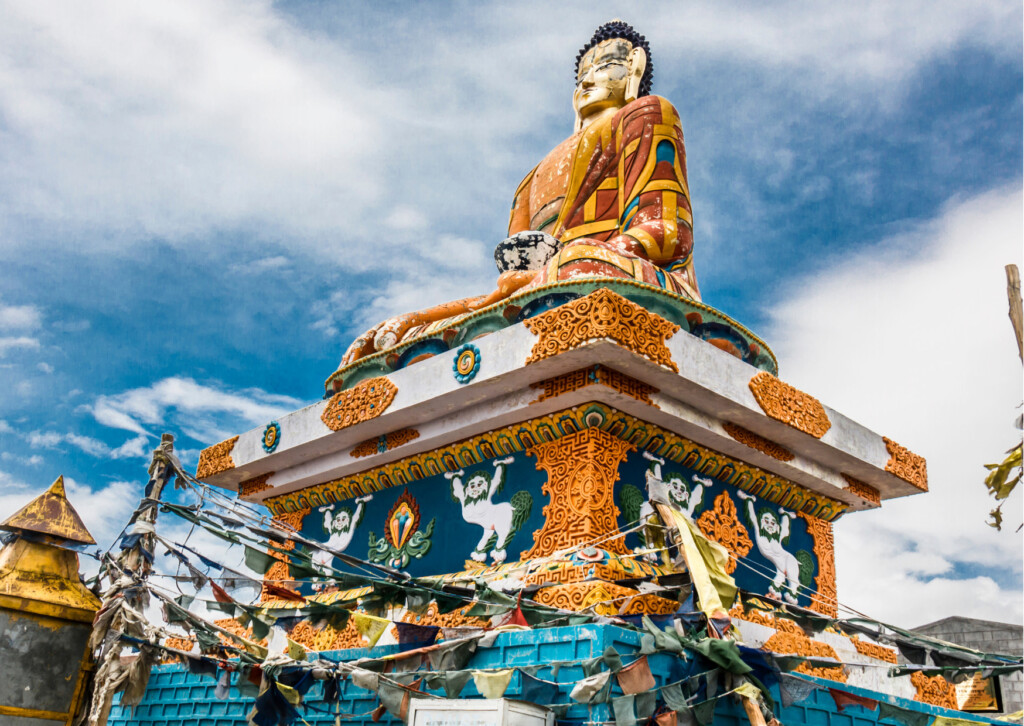
The spread of Buddhism in Himachal Pradesh can be attributed to the Maurya Empire under Ashoka in the 3rd century BCE. Later, the Kushan Empire further propagated Buddhism, and the Tibetan King Yeshe Od of Guge sent Rinchen Zangpo, a renowned scholar-translator, to revive Buddhism in the Trans-Himalayan region. Zangpo built 108 monasteries, including Tabo Monastery.
Spiti Valley: A Hub of Tibetan Buddhism
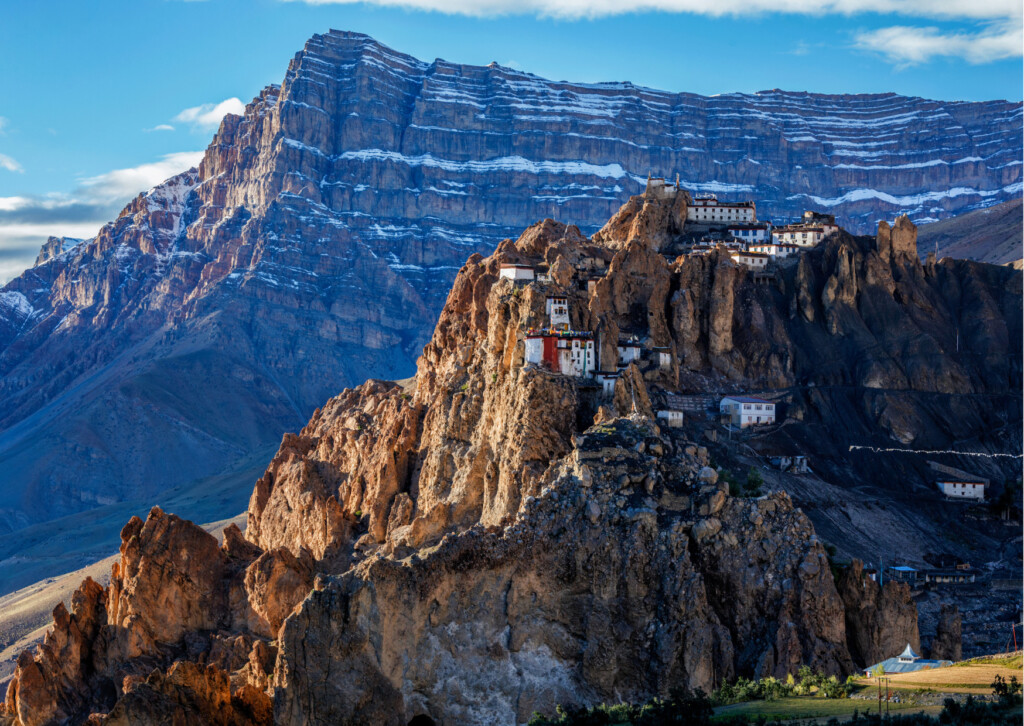
Spiti Valley, located in the Himalayan region of Himachal Pradesh, is a remote and rugged area often referred to as “Little Tibet.” The valley is home to numerous ancient monasteries, including:
– Tabo Monastery: Founded in 996 AD by Rinchen Zangpo, this monastery is a UNESCO World Heritage Site and one of India’s oldest functioning Buddhist monasteries. It houses precious collections of thangkas, ancient manuscripts, and sculptures.
– Key Monastery: Located at 4,166 meters, this monastery is the largest in Spiti Valley and a religious training center for Lamas.
– Dhankar Monastery: A fort monastery built in the 17th century, it is situated at an elevation of 3,894 meters and offers breathtaking views of the Spiti River.
– Komic Monastery: One of the highest monasteries in the world, believed to be over 800 years old. It’s a spiritual beacon, attracting pilgrims and trekkers alike.
Click here to book a private jeep Safari through Spiti Valley with Chalo! Travels.
Buddhist Festivals and Traditions
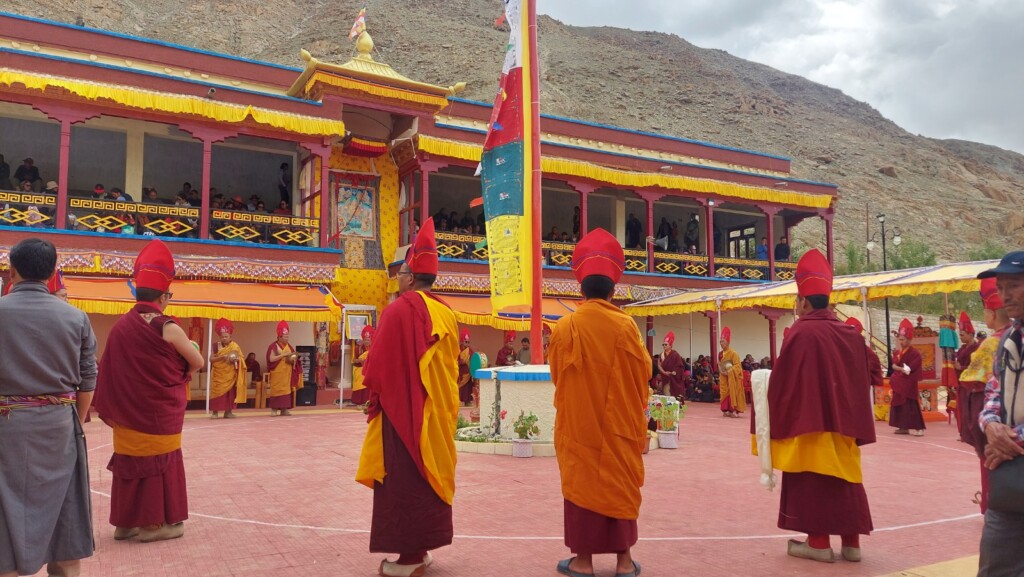
Buddhist festivals are an integral part of the cultural heritage in Spiti Valley:
– Losar Festival: Celebrated, it marks the Tibetan New Year with processions, music, and dancing. It happens anytime in the winter months between November to February.
– Ki Cham Festival: Held in June/July, it features whirling mask dances.
– La Darcha Festival: A trade fair held in August, it showcases Buddhist dances, sports, and rural marketing.
– Guktor Festival: Celebrated in November, it features processions and mask dances.
Buddhism has played a vital role in shaping the culture and traditions of Spiti Valley. The monasteries and temples in the region are not only revered for their spiritual significance but also attract tourists from around the world.
Conclusion
Buddhism in India, particularly in Himachal Pradesh’s Spiti Valley, is a testament to the region’s rich cultural heritage. The ancient monasteries, temples, and festivals in the region offer a glimpse into the history and traditions of Tibetan Buddhism. As a hub of Buddhist learning and culture, Spiti Valley continues to attract tourists and pilgrims, providing a unique opportunity to experience the beauty and serenity of this Himalayan region.
If you want to experience the unique culture and Buddhist Religion in Spiti Valley, join us on our 2 Weeks cultural Spiti Tour with the Baba Pass Trek.
